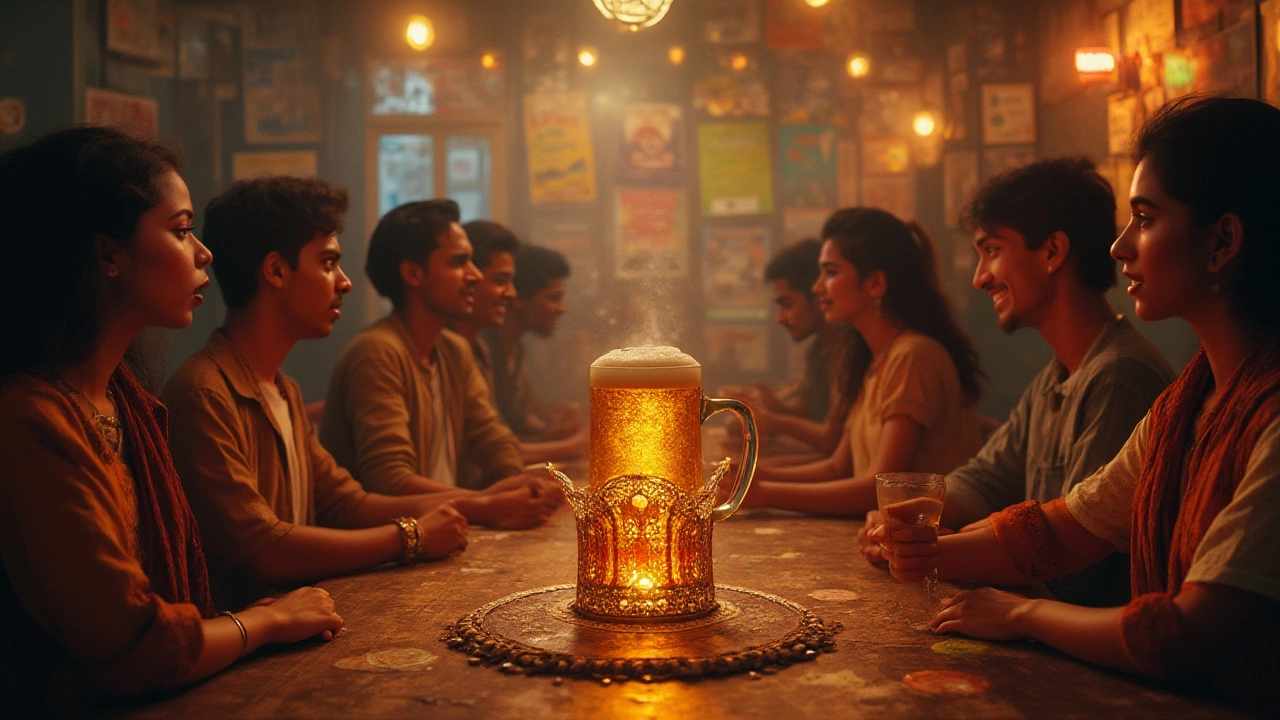
If you ask a hundred beer fans who really wears the crown as the "king of beers," you’ll get a hundred answers—and probably a few laughs. There’s something about that phrase that sets people off arguing, cracking open bottles, and telling stories that get wilder with each round. Some say it’s just an old slogan. Others swear there’s one beer to rule them all. The quest for the true king has more twists than most soap operas. Are we talking about popularity, taste, history, branding, or something else entirely?
The Origins of “King of Beers” – Story Behind the Slogan
The phrase “king of beers” didn’t just fall out of the sky. It’s been splashed over billboards, TV screens, and emblazoned on countless cans and bottles. Most folks immediately picture Budweiser. And that’s no accident. Budweiser started using “The King of Beers" in the late 19th century, inspired by the nickname for the Czech beer “Budweis”—which had its own local boast: “The Beer of Kings.” Budweiser cleverly flipped that into “King of Beers” and ran with it for well over a century.
This slogan became a brand juggernaut. Budweiser’s marketing was aggressive and everywhere—think of those Superbowl Clydesdales, the painted barns on Midwest highways, neon bar signs, and enough TV commercials to brainwash half of America. By the 1970s and ‘80s, Budweiser owned the phrase, with sales to back it up. At its peak in 1988, Budweiser was selling over 50 million barrels a year in the U.S. alone.
If you’re wondering how a single beer could claim to be “king,” look at the unique mix of image, mass production, and wide distribution—it’s hard to find a corner store that doesn’t stock Bud. The brand even survived major shifts in taste, from the rise of light beers to the explosion of craft beers. For better or worse, “king of beers” became glued to Budweiser in most people’s minds, partly because of relentless repetition and partly because, for decades, Bud really did outsell everyone else in America.
But the history goes deeper. Budweiser’s Czech inspiration actually led to international spats. There’s been a 100+ year trademark dispute between American Budweiser and Czech Budweiser Budvar over who really owns the “Budweiser” name outside the U.S. In some European countries, you’ll still see them side by side—one dubbed “Bud,” the other “Budweiser.” If you want a real-world beer drama, forget Netflix—just Google the Budweiser legal battles.
Even if you never drink Bud, it’s wild how much cultural power that slogan holds. But does a snappy catchphrase really make you the king?
What Makes a Beer Royal: Taste, Numbers, or Legacy?
So, what actually makes a beer the "king"? Is quantity all that matters? Does the crown belong to the beer that sells the most bottles, or is it about taste, heritage, or even the mythos around the brand?
If you chase numbers, Anheuser-Busch’s Budweiser (and its lighter little brother Bud Light) led American beer sales charts for years. But global data tells a different story. According to the latest king of beers market stats from 2024, the world’s top-selling individual beer is actually Snow Beer—mostly drunk in China, with over 100 million hectoliters (that’s more than 2.6 billion gallons) sold last year. Most outside Asia have never heard of it, but in sheer volume, Snow leaves Bud in the snowdrift.
| Beer Brand | Country | Annual Sales (Billion Liters, 2024) |
|---|---|---|
| Snow Beer | China | 10.5 |
| Tsingtao | China | 7.1 |
| Budweiser | USA | 6.7 |
| Bud Light | USA | 6.4 |
| Heineken | Netherlands | 3.2 |
If sales make you a king, Snow Beer wears the crown. Still, most folks in the West wouldn’t recognize it in a blind tasting. That brings up taste. Every beer fan thinks their favorite is royalty. In blind tastings by the Beer Judge Certification Program (BJCP), the title often goes to regional craft beers—think Pliny the Elder, Pilsner Urquell, or Westvleteren 12. But they only reach a tiny slice of the public.
Maybe legacy is where the real crown sits. Beers like Guinness shaped drinking cultures for centuries. Czech lager literally inspired Budweiser—and paved the way for lagers to take over the world in the late 1800s. Some beer nerds claim the king should be a classic, like Bass Pale Ale or Weihenstephan—brewed since 1040 and officially the oldest brewery on Earth.
So, deciding “royalty” clearly isn’t just about the numbers. The recipe changes depending on where you live, who you ask, and what you value. Sometimes being king is more about the legend than the liquid.
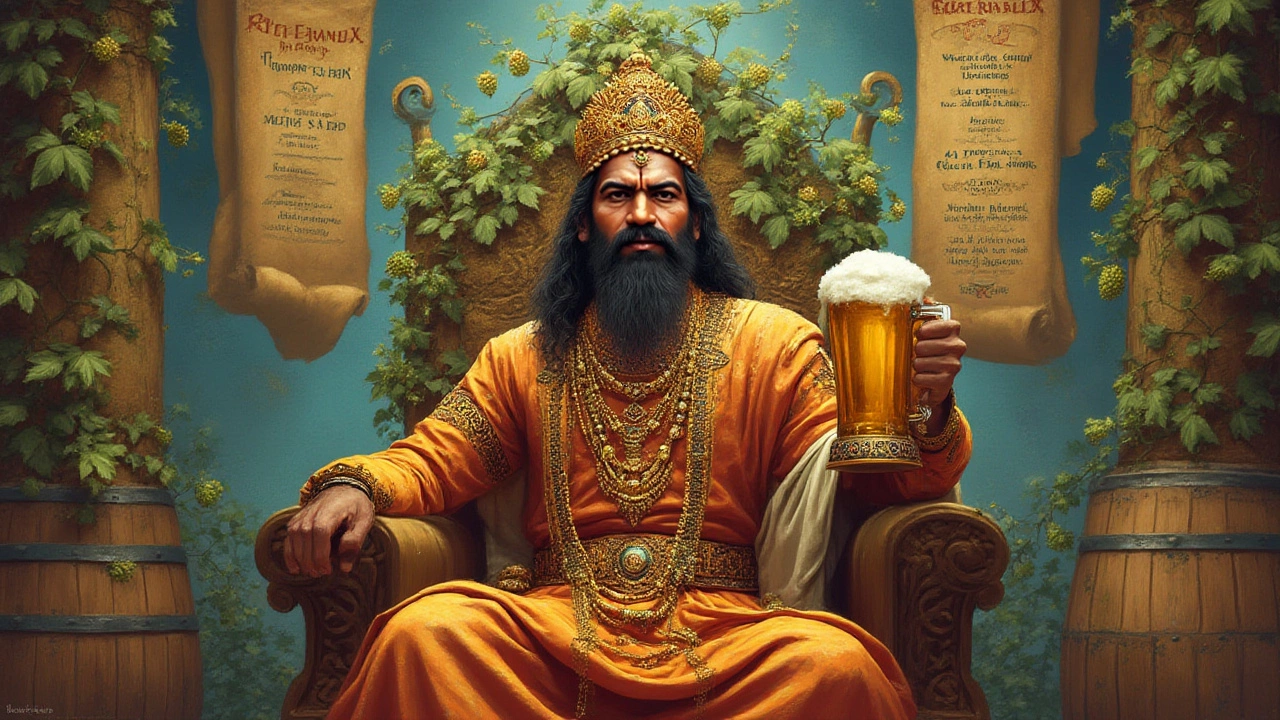
Budweiser: The King According to Pop Culture
Ask most Americans—or even beer drinkers from Brazil to Vietnam—who the king of beers is, and Budweiser will probably pop out within a few seconds. This is no happy accident. Budweiser engineered its royal persona through consistent branding, massive sponsorships, and clever hooks into sports, music, and movies. Even if you don't drink beer, those galloping Clydesdales and red-white-blue cans are burned into your brain.
Back in the early 1900s, Adolphus Busch (the guy behind Budweiser) was a marketing genius. He pushed pasteurization (letting them ship beer nationwide without it spoiling), then sponsored everything from county fairs to baseball teams. If you’ve ever watched a Baseball World Series, chances are you saw a Bud logo somewhere in the background—or maybe the foreground.
Pop culture is full of shout-outs, too. Johnny Cash sang about Budweiser in the ‘70s. Rappers, country stars, and even cartoon characters have name-dropped "king of beers." It popped up in pro wrestling, sitcoms, and even highbrow movies (who else remembers The Big Lebowski’s nihilists sipping Bud?). The company’s 90s-era frogs—“Bud–Weis–Er!”—became as famous as any sitcom catchphrase.
The impact of all this? When SurveyMonkey asked 10,000 people in 2023 to name “the king of beers,” 67% said Budweiser without blinking. That’s deeper brand recognition than Coca-Cola or Nike. It’s not just in the U.S., either; Budweiser is brewed from the Ukraine to the United Kingdom, and it’s a major sponsor of the FIFA World Cup. When it comes to striking an emotional chord, no other beer brand matches the combo of tradition, visibility, and nostalgia—no matter what the critics or craft fans say.
But here’s a twist: is branding enough to make you “king,” especially in an era where drinkers crave juicy IPAs and tart lambics? Are you royal if you’re mainly selling a memory?
Other Challengers for the Throne
Brewed loyalty runs deep, but the kingdom isn’t empty. Just because one beer wears the crown in America doesn’t mean the rest of the world bows down. In fact, tastes and bragging rights shift across continents and cultures.
In Germany, bragging rights go to local favorites. The people there love their Weihenstephaner and Augustiner beers, and Oktoberfest is a yearly celebration of all things malty and foamy. Every region has a proud "king," and local loyalties run fierce. If you’re in Munich and order a Budweiser, you’ll get some confused looks—and maybe a history lecture.
Head to Belgium, and the talk of "kingship" sounds different. Trappist breweries like Westvleteren or Chimay brew small, cherished batches. Many beer fans would argue Westvleteren 12 is the true king—and good luck getting a bottle! In the UK, names like Guinness, Carlsberg, and Stella Artois are tossed around, but they each hold different meaning, with ales and bitters often preferred over lagers.
Let’s not ignore Asia, where beers like Snow Beer and Tsingtao outpace most global competitors by pure volume. Guinness claims the crown across Africa and parts of the Caribbean, with one in every ten pints in Africa being a dark, creamy Guinness—sometimes poured with palm wine for a regional twist.
In craft circles, the throne is more democratic—rotating through IPA kings, sour queens, or barrel-aged royalty. Ask the folks at a San Diego brewery and Pliny the Elder might edge out Bud for the tiara. Each subculture, country, or even city claims a different top spot.
All this means that “king of beers” is more like a United Nations squabble than an actual coronation. The default answer is a combination of habit, hometown pride, and the weird power of nostalgia. It’s as if every pub has its own king, and none of them are willing to risk a coup.
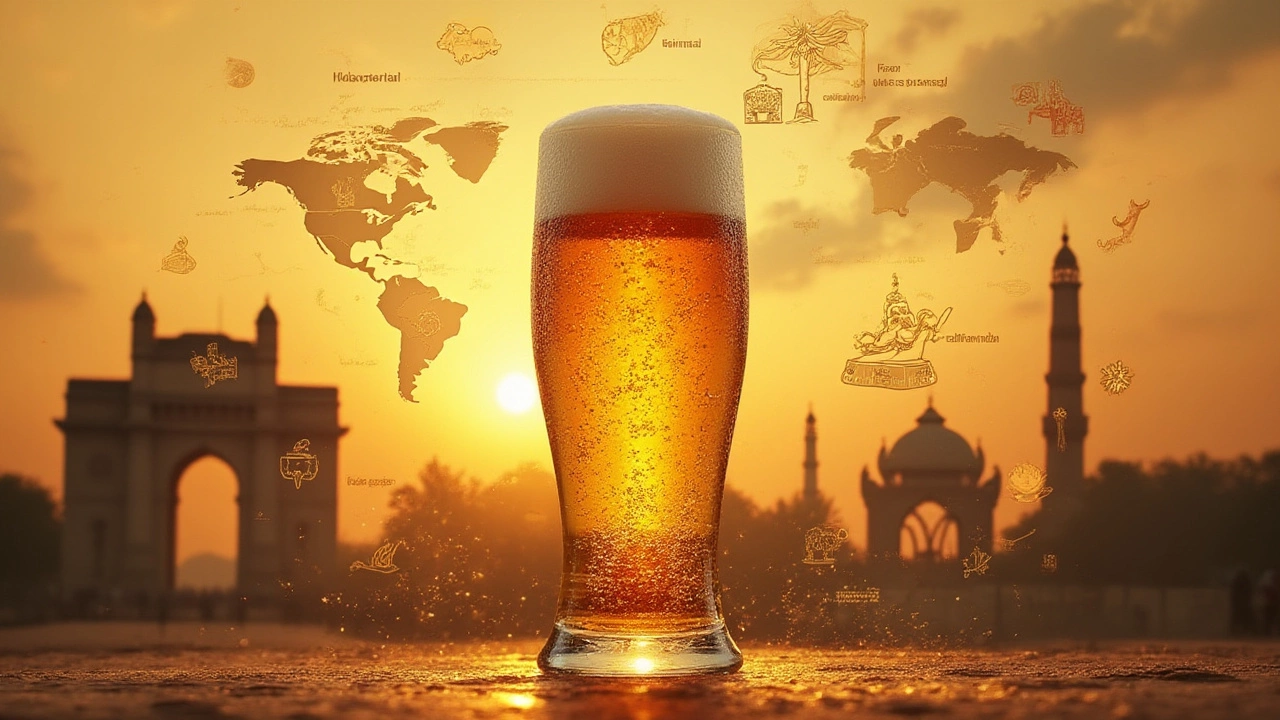
Myths, Tastes, and Tips: Choosing Your Personal King
Alright, so the search for the king of beers comes with its own parade of myths, mad facts, and opinions disguised as universal truths. One of the longest-running stories—especially online—is that Budweiser uses rice as a “filler” instead of pure malted barley. It’s true: Budweiser’s recipe includes up to 30% rice. But this is a taste choice, not some penny-pinching shortcut. The rice makes Budweiser crisper, lighter, and easier to drink cold, which is how most fans enjoy mass-market American lagers.
Another tall tale: only lagers can be kings. Take one trip to Belgium, and you’ll see beer geeks bowing to ales, lambics, and stouts. True beer “royalty” depends on your definition—richness, rarity, legacy, or local cool factor. For example, Westvleteren 12 is so rare you have to call a monastery in Belgium just to get a bottle, while classic stouts like Guinness are poured in 150 countries and remain national symbols.
So, what’s the real tip for picking your king of beers? Ignore hype and trust your taste buds. If you love bitter hops, victory might go to a West Coast IPA. If you crave tradition, chase down a Czech pilsner or a centuries-old German lager. Want stats? Go for the world’s best-selling Snow Beer. Need nostalgia? Nothing beats grabbing a Bud and thinking of old friends and baseball games.
Want to sample other royal contenders? Try these out in a tasting:
- Bass Pale Ale – Iconic English ale since the 1700s, once the top-selling beer in the world.
- Pilsner Urquell – Pioneer of pale lager, still brewed in Plzen, Czech Republic, since 1842.
- Weihenstephaner Hefeweissbier – Classic German wheat beer from the official world’s oldest continuously operating brewery.
- Guinness Draught – Marrying creamy texture with bitterness, legendary among Irish stouts.
- Heineken – Dutch lager with one of the largest international footprints, known for crispness and that unforgettable green bottle.
If you’re looking to hold your own "royal" tasting night, here are a few quick pointers:
- Serve beers at their ideal style temperature (lagers colder, stouts and Belgian ales slightly warmer).
- Use clear glassware to admire color and clarity.
- Don't skip the sniff—aroma’s half the experience.
- Pair beer with salty snacks, cheeses, or smoked meats for deeper flavors.
- End with a wild card—maybe a sour, barrel-aged stout, or a local craft gem!
So, who is the king of beers? That’s up to you—and just maybe the friends you choose to share a drink with.
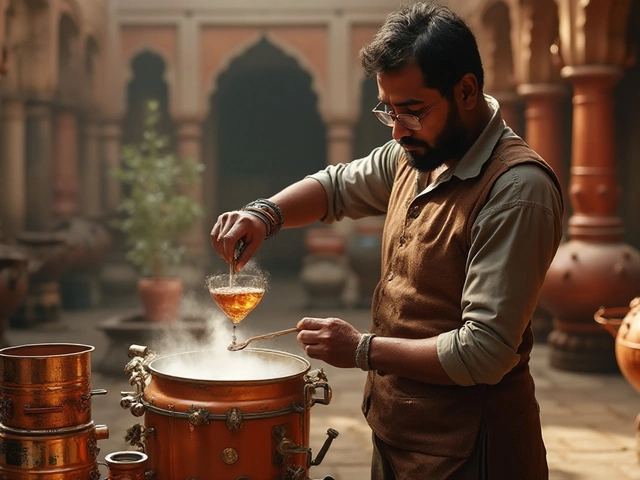
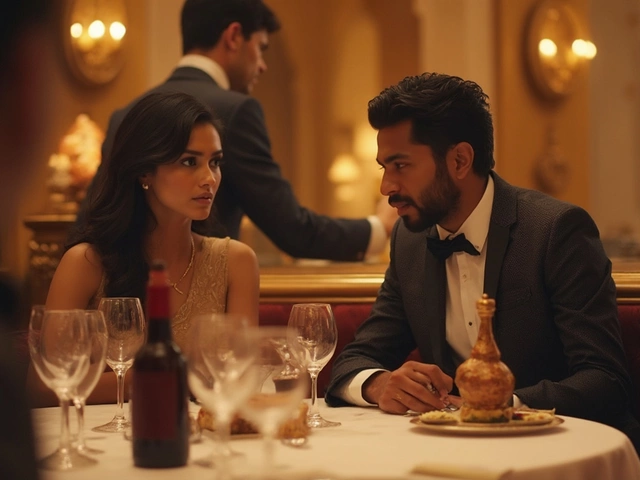
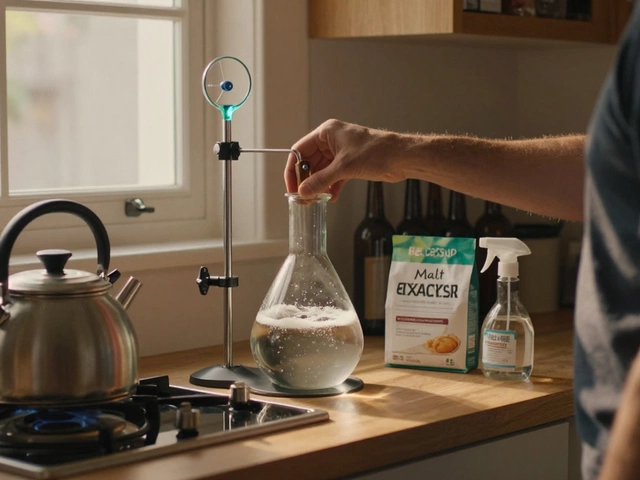
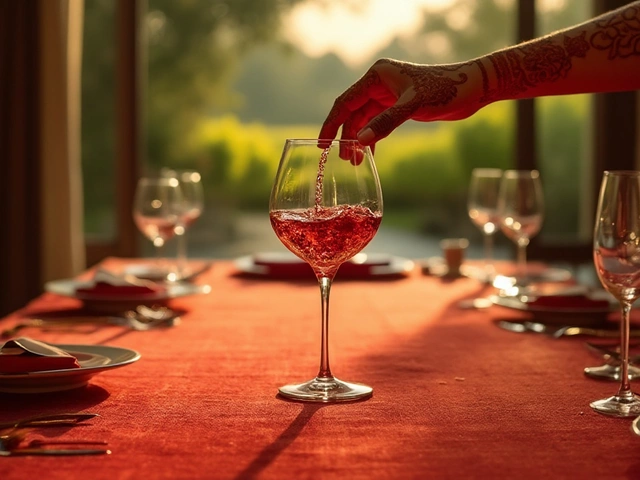
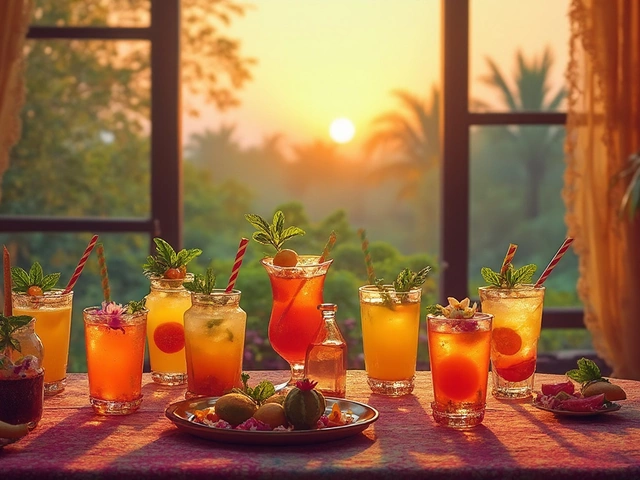
Categories